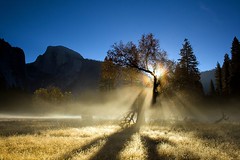 |
| Bandon Sunset Reflection, Oregon Coast |
 | |
|
In March I took a quick trip across Nevada to scout for locations for possible Nevada photography workshops in 2016. I've been doing this for a few years now, but it takes a lot of experience to get to know a region, in detail, in a variety of season s and weather conditions. The photo to the right shows one of the sites that I really enjoyed for its geology and geometry. Other sites in Nevada are good for wildflowers, dark, clear night skies, history (petroglyphs, mining areas and abandoned ranches), or cultural details. The state is huge though, and supporting resources such as gas, restaurants and lodging are spread out, so it'll pose some interesting challenges to cover efficiently and comfortably with a group. Access can also be complicated by weather and washouts on the often unpaved roads, so vehicles with appropriate all terrain tires and adequate ground clearance can also be a consideration.
 |
| Milky Way Rising Behind Joshua Trees, Mojave Desert |
 |
| Mono Lake Milky Way Arch Panorama |
 |
| Shaft of Water and Light, Topaz Lake |
 |
| Muir Lake Morning Reflection, Golden Trout Wilderness |
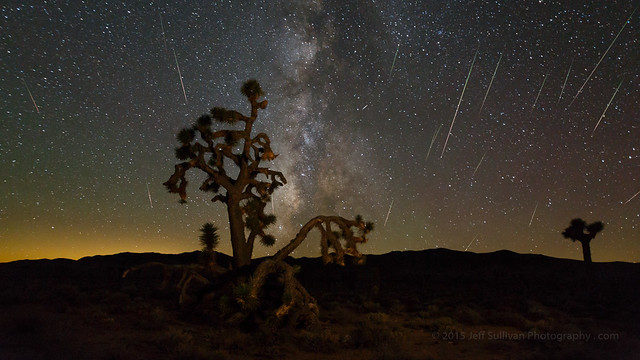 |
| Perseid Meteor Shower and Milky Way over Joshua Tree, Mojave Desert |
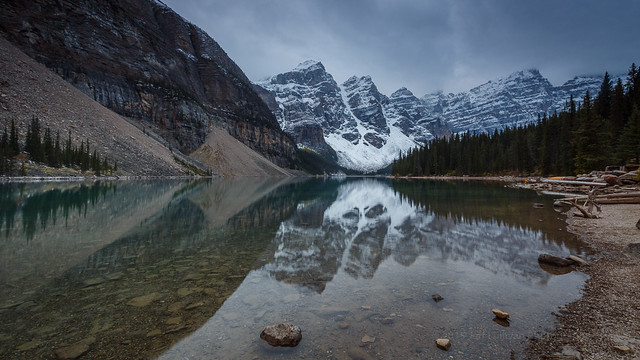 |
| Morraine Lake, Banff National Park, Alberta, Canada |
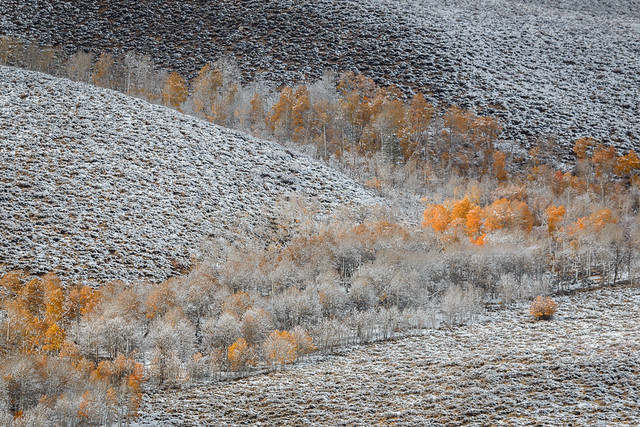 |
| Snowy Fall Aspen, Early November in Mono County |
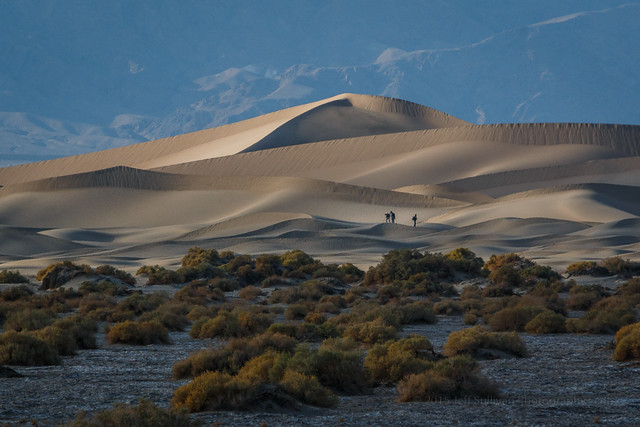 |
| Exploring the Dunes in Death Valley, Mesquite Flat Sand Dunes |
 |
| Valley View Calm Evening Reflection, Aug 2007 |
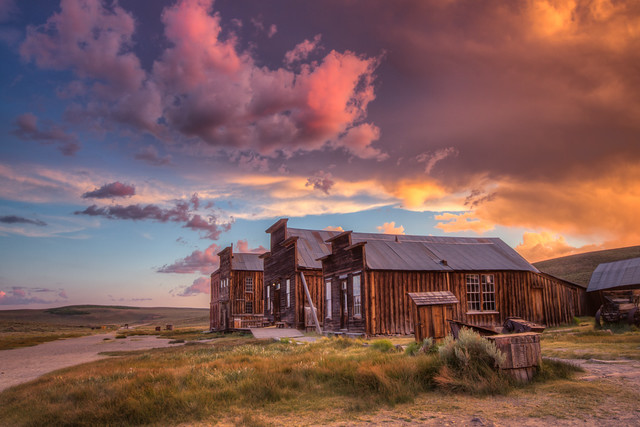 |
| Sunset Over Bodie Main Street, June 2013 |
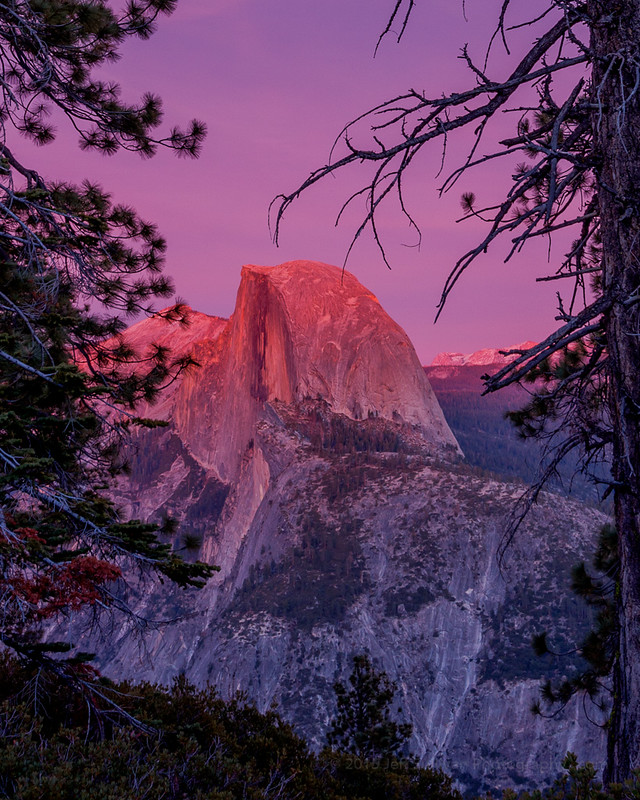
Runner-up Images for 2015
I named my Top 10 for people who prefer the predictability and order of a preset and finite number, but I'll show a few of the other contenders for people who prefer not to be arbitrarily constrained.
This sunset shot is from the Cambridge Hills south of Yerington in Mason Valley, Nevada. I was looking for some old cars that were supposed to be in the area, but they were apparently either moved or stolen. The road had to serve as the subject and leading line, heading to that last bit of orange sunlight on a shaft of rain int he distance.

This dune shot was captured at 200mm to isolate the dune ridge and blowing sand from the dark background. I was hoping to see a desert tortoise or two in the area, but the burrows I found had cobwebs in their entrances.

At the bases of Death Valley's mountain ranges, on the edges of their alluvial fans of gravel and debris, you sometimes find small springs. In a landscape that only receives an average of 1.93" of rain per year, these are precious sources of water for nearby wildlife. They are delicate places as well, with soft mud that will easily become severely trampled if hordes of visitors show up and love them to death.

I spend a lot of time in Bodie, and occasionally I'm there for the evening break-up of afternoon thunderstorms. In this case I saw a rainbow forming over town, and I knew that if I shifted my camera position a couple of hundred yards, I could place the rainbow over the Standard Mill. These opportunities can change quickly, so I hopped into my car, and drove east to move the rainbow.

This rainbow and reflection shot was one of my favorite mobile phone images in 2015, and one of my first photos taken on an LG G4 smartphone that I was provided with as part of the #G4Preview program.
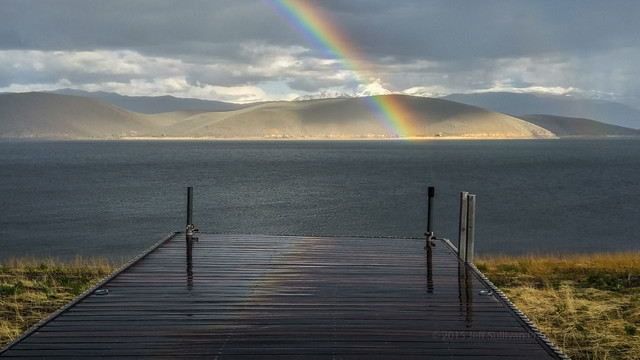
This sun shot captured through geyser basin fog in Yellowstone is another of my favorite mobile images, this one captured on my 2 year old iPhone 5S. It won an +Instagram / iPhone assignment being conducted by
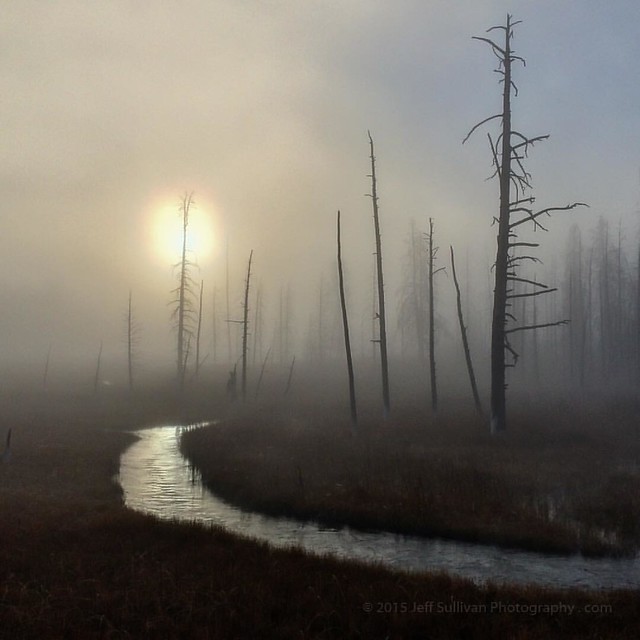
I have many more images that I considered for my favorite photos and moments of 2015, and I've collected over 50 of them in a 2015 Favorites album on Flickr: https://www.flickr.com/photos/jeffreysullivan/albums/72157651316649769
Favorite Photos from Prior Years
Here are some of my collections from prior years. It has been a great decade of adventure, I can't wait to see what I can find to show you in the next 10!
2014 Favorites album on Flickr

2013 Favorites album on Flickr
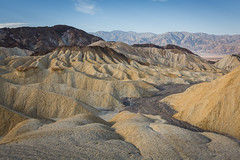
2012 Favorites album on Flickr
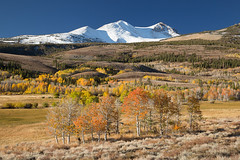
2011 Favorites album on Flickr
2011 Top 10 blog post

2010 Favorites album on Flickr 2010 Top 10 blog post

2009 Favorites album on Flickr
2009 Top 10 blog post
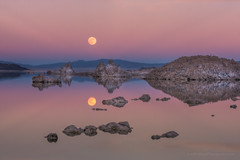
2008 Favorites album on Flickr 2008 Top 10 blog post
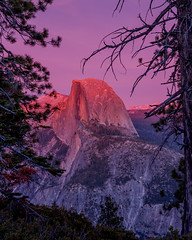
2007 Favorites album on Flickr 2007 Top 10 blog post
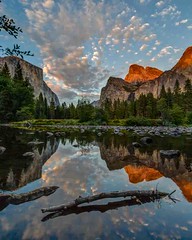
2006 Favorites album on Flickr 2006 Top 10 blog post
